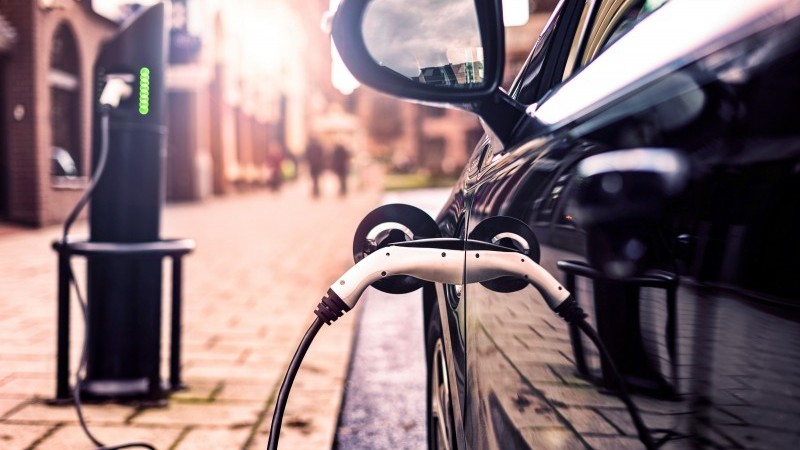
Electrification a key sector theme for the years to come
While electrification has been an ongoing theme for the auto sector for some time already, we are witnessing a notable acceleration in the pace of sales of electrified vehicles and in the auto manufacturer’s own production targets. Recently, Jaguar Land Rover announced plans to “reimagine” Jaguar as an all-electric brand by 2025 and Ford to move its passenger-vehicle range in Europe to an all-electric basis by 2030 (from effectively zero last year). Schaeffler during its recent presentation said it expected the pace of electrification to increase sharply, with the battery and fuel cell-powered vehicles expected to reach 50% of the fleet by 2035, with the share of the hybrid electric vehicles (HEV) and internal combustion engines (ICE) to decline to 35% and 15%, respectively.
This trend is driven in part by various regulatory environmental targets. The European Union is focused firmly on reducing automotive emissions, with the regulations requiring car manufacturers to cut fleet-wide emissions on new models to an average of 95 grams of carbon dioxide (CO2) per kilometre from this year.
At the national level, individual European countries have their own targets of increasing the electric vehicle (EV) share in new car sales, reaching 100% within 5 to 15 years. Outside of Europe, China, the largest passenger vehicle market, aims for a 25% share for EVs in new passenger car sales by 2025.
Other supportive factors for the further proliferation of EVs include increasingly competitive price points and various government incentives for purchasing such new vehicles. According to the ACEA, HEVs represented 11.9% of total passenger car sales in the EU in FY20 (up from 5.7% in FY19) and electrically chargeable vehicles (ECV) represented 10.5% of new car registrations in the region (up from 3.0% the year before). BNEF predicts that global EV sales may jump to as high as 50% of new car sales in 2021. However, we also note that infrastructure bottlenecks, such as the availability of charging points, may need to be addressed in order to keep pace with the proliferation of EVs.
Auto parts sector update: A year of recovery and transformation - ING Think
Read More
Bagikan Berita Ini

















0 Response to "Auto parts sector update: A year of recovery and transformation - ING Think"
Post a Comment